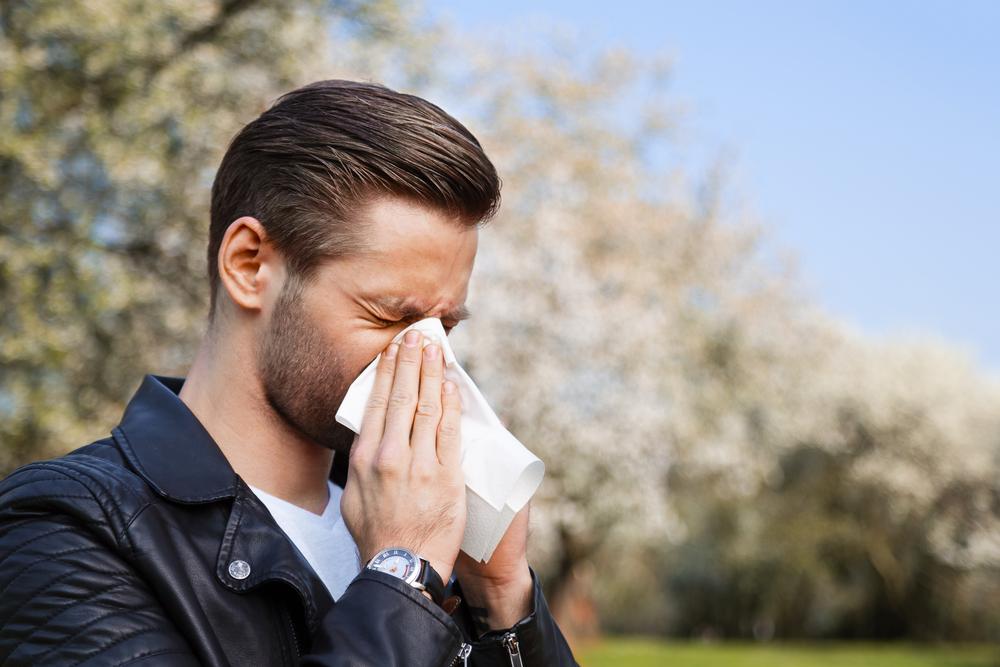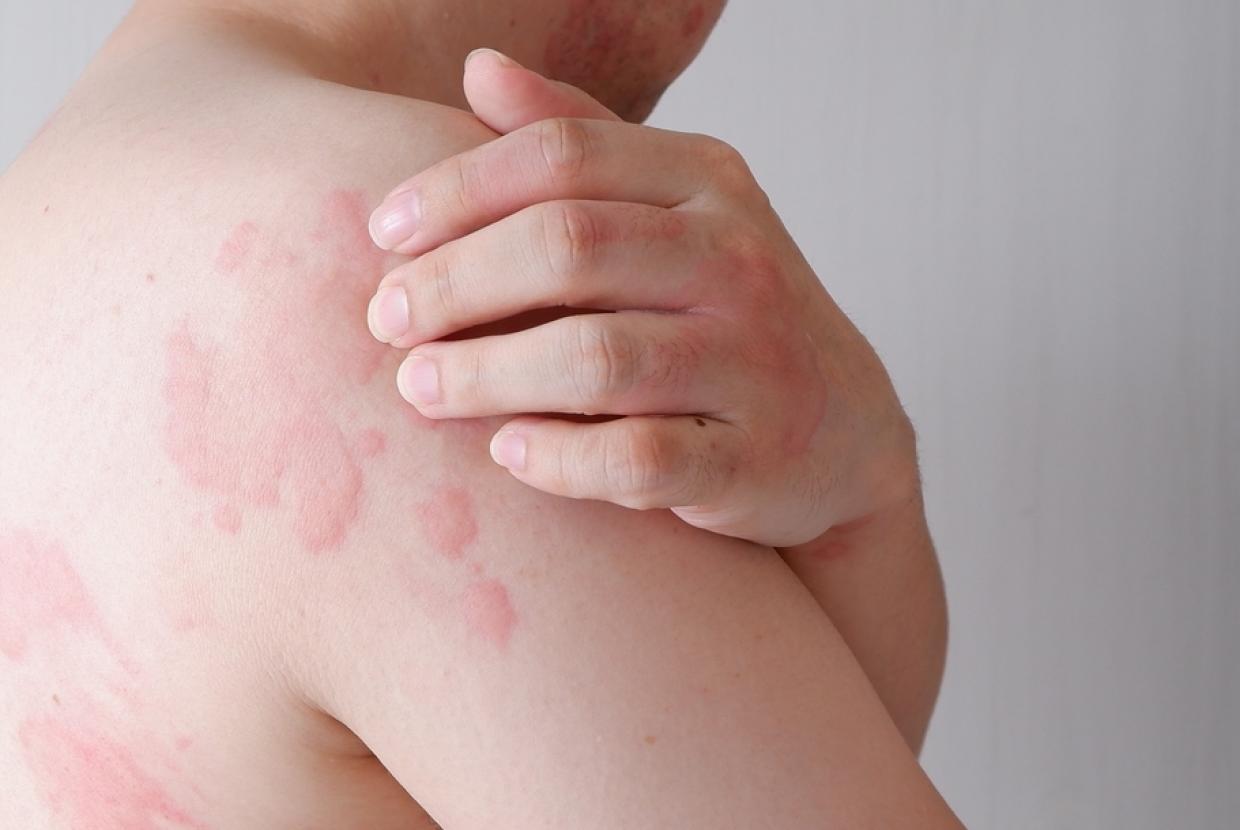10 things you should know about food allergy
Allergies and AsthmaFood allergy is caused when the body mistakenly makes an antibody (IgE) to 'fight off' a specific food. When the food is next eaten (or sometimes is just in contact with the skin) it triggers an immune system response which results in the release of histamine and other substances in the body.
These cause various symptoms, depending on where in the body they are released. Very rarely the immune system chemicals are released throughout the body, causing a 'systemic' reaction (such as anaphylaxis).
Ten Things You Should Know
1) An allergic reaction happens when the immune system reacts to a substance called an allergen. In food allergy this is the protein found in food, which for most people, is harmless. Why the immune system reacts in this way is not fully understood.
2) Other reactions; Not all reactions to foods are due to allergy. They may be due to other conditions including food intolerance (e.g. gluten or lactose), food poisoning (from bacterial or toxin contamination) or simply other illnesses that have similar symptoms.
3) Food allergies can be divided into two main types which are called IgE mediated (immediate) and non-IgE mediated allergy (delayed).
4) Allergic reactions are common in babies and children. Food allergies in children are often outgrown, although some persist into adulthood. Persistent food allergies include those to peanuts, tree nuts and sesame. It is possible to develop an allergy to food for the first time as an adult, and occasionally even to foods that have been eaten before without any problems.
5) Common culprits of food allergy include eight types of foods responsible for causing 90% of allergic reactions. These include cow’s milk, egg, fish, peanuts, shellfish, tree nuts, soya and wheat. However, it is possible that any food has the potential to cause an allergic reaction
6) Allergic reactions can be mild, moderate, or severe. Most allergic reactions are mild and resolve on their own, or after taking allergy medication (eg antihistamine). The most severe type of allergic reaction involves a person’s breathing and/or circulation and is called anaphylaxis which can be life threatening requiring urgent medical attention and treatment but is rare.
7) Symptoms of food allergy: Commonly one or more of the following symptoms occur within minutes of eating the suspect food but can appear up to two hours later. Delayed reactions affecting the digestive system and skin can occur up to 48 hours later and may be caused by Non IgE mediated allergy or intolerance.
- Mild to moderate symptoms include eyes and lips swelling, a runny nose, an itchy rash and stomach cramps.
- Symptoms of a severe, or anaphylactic, reaction include a hoarse voice, chest tightness, breathing difficulty, collapse and loss of colour from the skin.
8) Risk factors for developing food allergy can be increased if allergy runs in the family (e.g., a parent or sibling with asthma, hay fever, eczema or a food allergy), and where one type of allergy already exists e.g. asthma. Babies who develop moderate to severe eczema in the first few months of life are at an increased risk of developing food allergy.
9) Diagnosis: If you suspect a food allergy it is important to make an appointment with your GP or a healthcare professional as soon as possible to discuss your concerns, while also avoiding the suspect food to reduce the risk of a further allergic reaction.
10) Allergy testing for IgE mediated (immediate) allergy is done by skin prick testing and/or blood tests which test for specific IgE against a particular allergen(s) e.g. peanut. Oral food challenges (a supervised feed in a hospital or allergy clinic) can help confirm or rule out food allergy.
Not all types of food allergy are diagnosed by clinical tests, non IgE (delayed) allergy diagnosis involves a trial of eliminating the suspect food from the diet over a period of time and then reintroduction which should always be guided by a health professional.




































